I earn commissions if you shop through the links below at no additional cost to you.
Last Updated on February 29, 2024 by Jeremy
Everyone has had at one point or another taken in a glimpse of the sunset or a sunrise, and even captured it on film. Many of us have gone one step further with our old-school wind up cameras and gotten as close to a plant or insect as possible, capturing some stunning images. Have you ever wondered what that is called? What is Nature Macro Photography, and are they the same thing?
Nature macro photography is a rather rewarding and fascinating form of photography that allows you to capture the most miraculous details and textures of an object, such as plants and insects up close.
Today’s article will explore what nature macro photography is, how it differs from other types of photography, plus I will add some tips and techniques for getting you off on your own nature macro photography path.
What is Nature Macro Photography?
The first thing to do is define what macro photography is. According to Wikipedia:
Macro photography is extreme close-up photography, usually of very small subjects and living organisms like insects, in which the size of the subject in the photograph is greater than life-size (though macrophotography also refers to the art of making very large photographs).
This type of photography is often captured with a magnification ratio of 1:1 or higher. To translate, the size of an object in the picture you take will be zoomed into a larger size of an object in real time.
Macro photography allows you, the photo taker, to capture the miniscule details of said subject or object that might not be visible to the naked eye. Often times you are able to capture and create stunning and even abstract images, such as below:
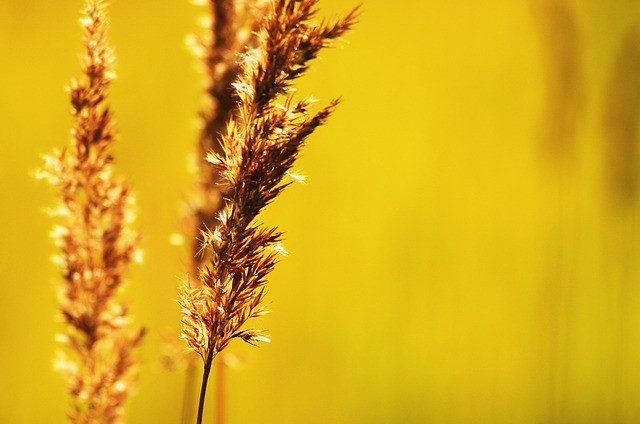
Why is Nature a Great Subject for Macro Photography?
For starters, nature is all around us, which makes this an ideal solution for macro photography. Think of all the interesting beautiful and spur-of-the-moment images that you can capture in your lifetime. Things such as the intricate dot pattern on the back of a ladybug, or an up-close detailed petal of a dandelion, no matter what the subject, nature provides all sorts of inspiration for macro photographers.
Additionally, taking these exposures in a natural light setting can really help you create stunning, dynamic images that capture the essence of the subject.
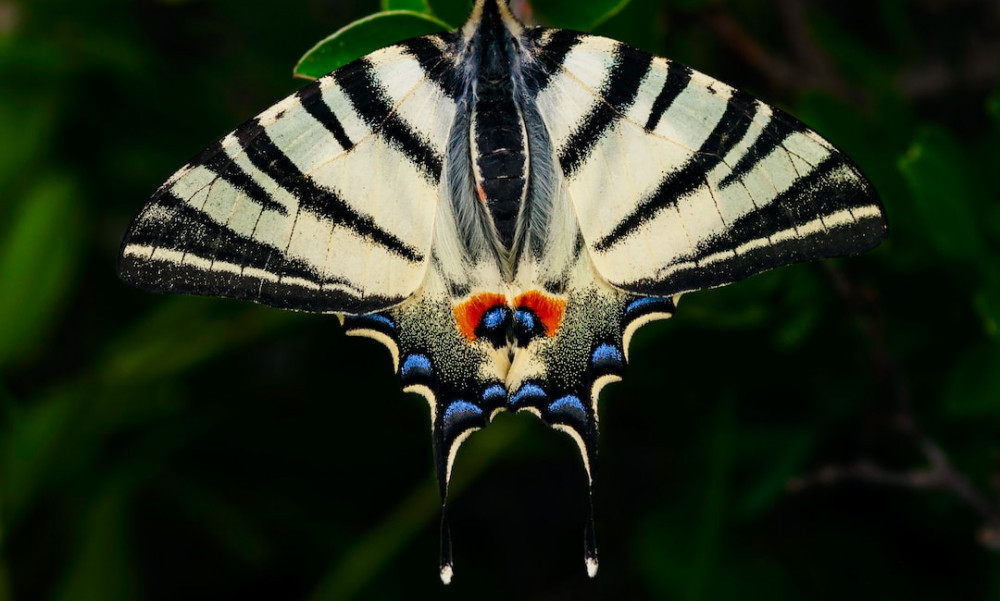
What Equipment do you Need to Get Started?
Now let’s say that you are intrigued enough to get started with nature macro photography, what kind of equipment would you need? While everyone has an iPhone or Android, these cameras don’t quite take the macro shots one needs. You’ll specifically need a professional camera with a standard lens, as well, a dedicated macro lens is recommended for the most stunning results.
The design of macro lenses are to produce a sharper focus at a greater magnification ratio, which allow you to pick up even the finest details and textures with ease of any object in nature. You’ll also need a supportive and sturdy tripod, which is something many photographers rely on to capture these amazing shots. This allows you to keep your camera from not shaking, plus with the aid of a remote shutter release will minimize your camera from that extra movement, and to be steady.
Another tip would be to obtain extension tubes for your standard lens instead of the more expensive macro lens. By utilizing the tubes, you can play around with close-ups a lot easier, but you won’t be able to get the extreme close-up that the naked-eye can’t see when using the macro lens.
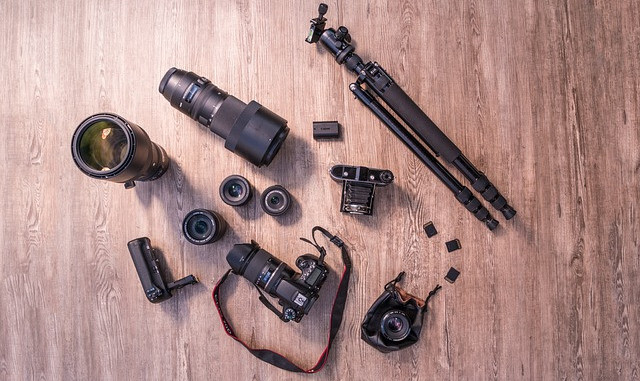
Techniques
Now as far as techniques go, you’ll of course need a bit of practice, but there are a few different styles of approaches one can can take to capture your nature macro photo.
Examples of these techniques are:
~ Focus Stacking – This involves taking multiple shots at different focus points. Afterwards, you’ll combine them in post-processing to create a sharp, detailed image.
~ Use diffused lighting – In doing this technique, it will soften harsh shadows and bring out the textures of your subject.
~ Work with a shallow depth of field – Also called wide or large, this can help you create an exquisite affect that draws the eye’s of your viewer to a certain area of the photo.
~ Try different angles – Utilize all the above techniques and try to capture something uniquely amazing.
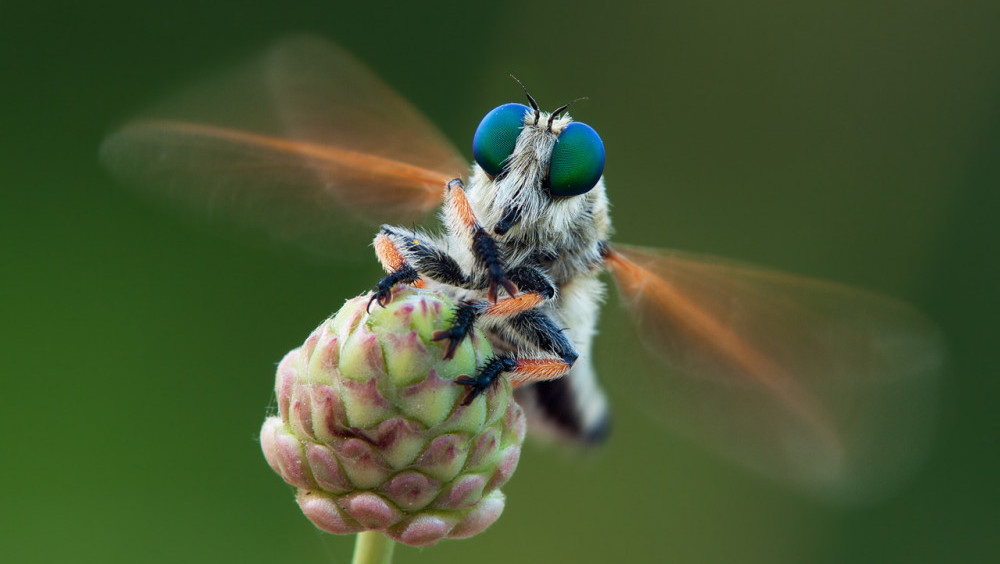
Tips for Getting Started
Suppose you want to turn this type of photography into your new hobby, what are a few tips that would be able to get you going? Well, first you’d want to choose the right time of day to shoot. Whatever you decide to snap a photo of, you’ll want to be alert of the light and temperature because it can have quite the impact on your subject’s behavior and appearance.
The second tip you’ll want to consider, is finding interesting subjects. Start by exploring an area around your location locally, and pay extremely close attention to the little things. For example, take bird watching and study how they approach an object, then utilize the sunlight and wind directions to get that perfect shot.
Lastly, like I mentioned for the techniques, you’ll want to practice, and specifically, practice pacience. Nature macro photography can be rather slow and methodical at times, and with this, you need to pay close attention to detail. The wind speed could drastically affect that birds wings upon landing and if you wanted the perfect shot, timing is everything.
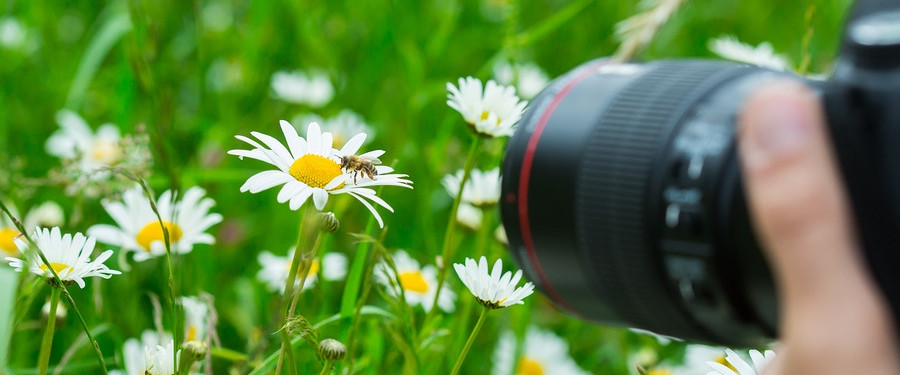
What is the Best Camera and Lens for Nature Macro Photography?
When it comes to choosing the right camera and lens to obtain these high quality shots, you might want to consider the following options:
Camera: Here are three popular options to choose from for your macro photos. Although there are some good quality camera options out there, you’ll probably want to start by finding a DSLR (Digital Single Lens Reflex) camera.
Another option would be a mirrorless camera with a high-resolution sensor. Both of these choice will allow you to really dazzle your viewers with close-ups.
The three choices are:
- Canon EOS 90D
- Nikon D7500
- Sony Alpha a6400
Lens: As for the macro lens options, some popular choices to consider are:
- Canon EF 100mm f/2.8L Macro IS USM
- Nikon AF-S VR Micro-NIKKOR 105mm f/2.8G IF-ED
- Sony FE 90mm f/2.8 Macro G OSS.
Don’t forget the other accessories that were mentioned earlier in the equipment section such as a tripod, shutter release and extension tubes. Perhaps not critical when first starting out, having the whole package over time can definitely produce some super quality images.
You can read more about each camera in lens in their respective product review articles within this website.
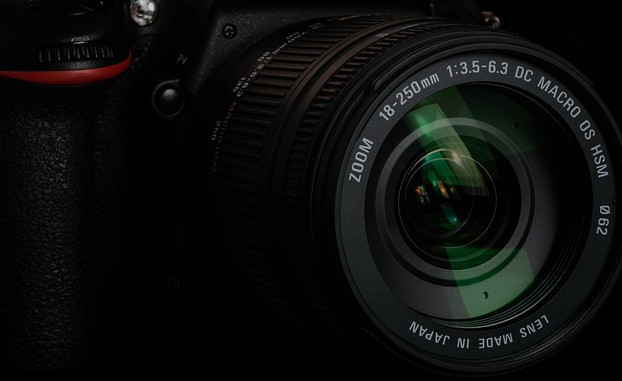
Conclusion
To conclude this article, nature macro photography is really the close up pictures taken in nature of nature. Captured in a standard 1:1 ratio or higher, nature is the perfect setting to capture these stunning photos with endless possibilities all over the world.
Being alert of natural lighting and utilizing a tripod for sturdiness, being aware of your surrounding and paying close attention to your subject with pacience are all keys to captivate your viewers pleasure. The right equipment is important as much as the techniques that you used to take a nature macro photograph.
No matter the setting, no matter the object, this style of photography can be anybodies passion and hobby at any given time, if you have the desire to capture these stunning images. Even the most simple pictures are still worth it!
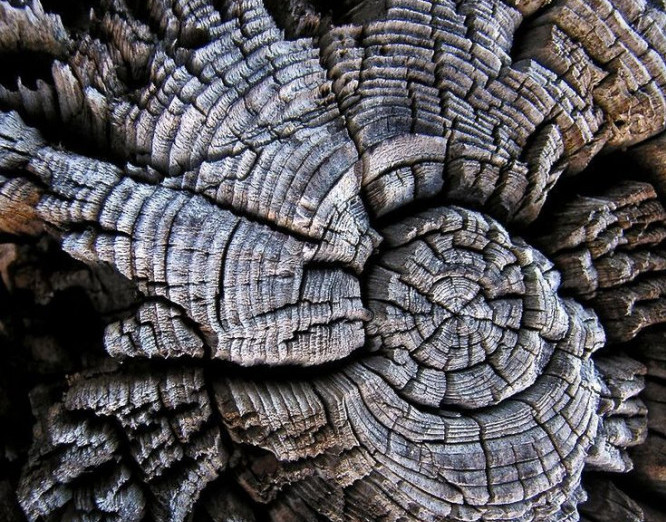
If you enjoyed this article, don’t forget to check out our nature gallery. Although not taken with Macro lenses or professional cameras, the images are still stunning and worth it!
Questions? Comments? Reach out and say Hi!
Earth is Heart!






I particularly appreciated how you explained why nature is a great subject for macro photography. The intricate details and textures of plants and insects make for stunning and dynamic images, and the use of natural light adds to their beauty.
Your suggestions for equipment, such as the use of a macro lens and a sturdy tripod, are practical and useful. Your advice on using extension tubes instead of investing in an expensive macro lens is a great alternative for those who are just starting.
Furthermore, your techniques for capturing the perfect shot, such as focus stacking and using diffused lighting, are explained in a clear and concise manner. Your tips for getting started, like choosing the right time of day and finding interesting subjects, are practical and easy to follow.
I appreciate your comment. All of the above is true to help decide whether nature macro photography is a hobby or passion you desire, or just something you weren’t aware of and learned more about.
Have a great weekend!